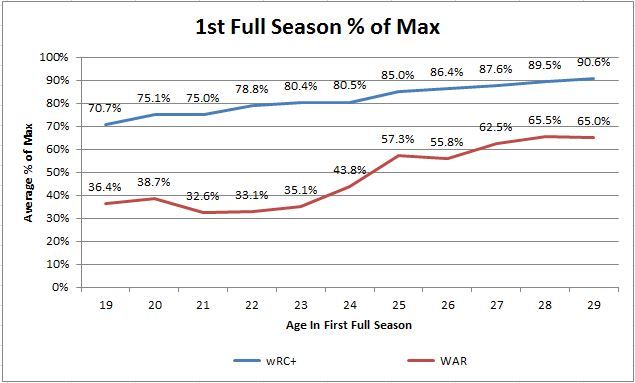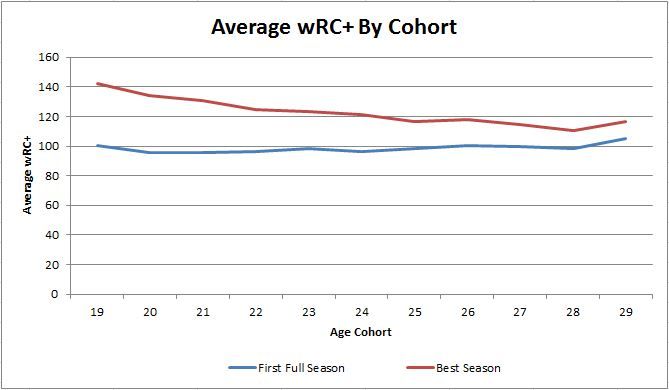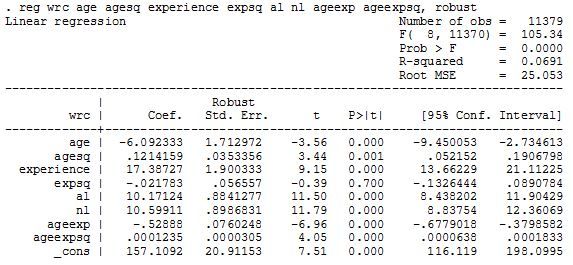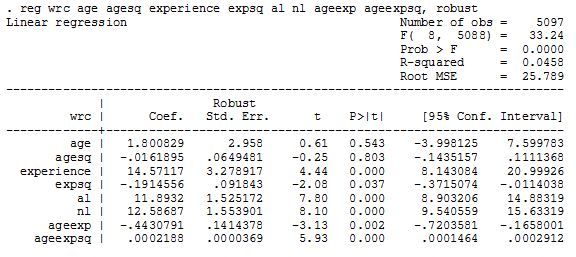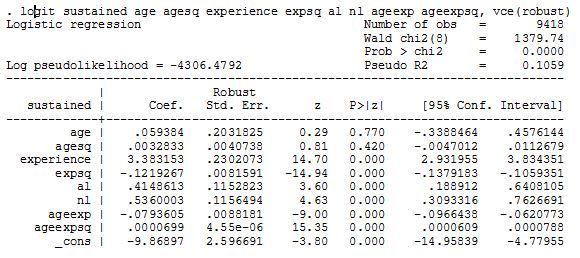Historic Lack of Positional Development All-Star Team
As a Royals fan, I have subject to a horrific progression of shortstops during my lifetime that seems to have finally come to an end with Alcides Escobar. That’s good because I am not sure I could have taken any more Neifi Perez, Angel Berroa, Tony Pena Jr., or Yuniesky Betancourt seasons. Only Freddie Patek accumulated more than 10 WAR in his Royals career for SS with more than 1000 PAs, and he of course retired the year before I was born. All the shortstops who meet that criteria for the Royals added together have 59.9 WAR from 1969 through 2013, so for the Royals existence they are averaging about 1.3 WAR per season at short. Is that the worst organization at SS ever? Let’s find out.
I went position by position to find which organization is the most inept historically at each. Only players who had 1000+ PAs for the team though they didn’t need to play exclusively at that position and I am not including anything in 2014.
Catcher –
The Rays put up an impressively bad 0.55 WAR/year at catcher, but in the end I am going to give the Astros the nod for the first position of my All-Star team. Over a 52-year span, their organization’s best catcher was Alan Ashby who only managed 9.7 WAR for the team. Not even one player in double digits of WAR in half a century is pretty impressive. All told this group managed 48 WAR for a paltry 0.9 per season, or the value of Humberto Quintero last year as a back-up. It is hard to keep up that bad of a pace for so long.
1B –
First base is traditionally manned by a large person who can mash. That has not been the case for the Nationals/Expos. The Diamondbacks gave them a run here, but Paul Goldschmidt kept them from taking the position. The Nats/Expos best first baseman by accumulated WAR has been Ron Fairly at 17.5 total. If your best 1B option in 45 years slugged .440 for you, basically Jorge Cantu or Brad Wilkerson, then you are doing something wrong. They did have better players, but at the wrong time. They had young Andres Galarraga and old Tony Perez who did most of their stat accumulation elsewhere, and of course the rented Adam Dunn for a couple years. Still they have only managed 80.1 WAR for a traditionally big bopping position, and that is about 1.8 per season.
2B –
There were some solid contenders at second, but in the end the Rockies despite being relatively new were bad enough to get the spot thanks to Jim Gantner and Rickie Weeks being just good enough to save the Brewers. The Rockies have been around for 21 years now, and in that time their best player by WAR at second base is Eric Young at 9.5 total. Even that is cheating since he only played at 2B about half of the time, but my arbitrary parameters for the team allow all to be counted. In second for them is Clint Barmes at 3.9, so it is quite a steep drop-off from not so lofty heights. Their second basemen have only managed 14.7 WAR total in over 2 decades for a rate of 0.7 per year. Babe Ruth once put up more WAR than that in one season.
SS –
I was truly expecting the Royals to run away with this, but Patek was enough to keep them out of short, though they still managed to make the team. In the end, the Padres were just too weak to ignore. In 45 years the best they have been able to manage from a player at short is the 8.7 WAR that Khalil Greene managed to amass. Their BEST player at the position had a career slash line of .245/.302/.422, which is not so good. They had the first four years of Ozzie Smith’s career, so at one point they had a future Hall of Famer at the position, but they even managed to screw that up by trading him for which they received Gary Templeton (second to Greene at 8.4 WAR), Sixto Lezcano, and Luis DeLeon. Ouch, how is this trade not discussed more for its awfulness? Total Padre SS WAR of 42.5 gives them a 0.9 WAR/season.
3B –
This was the only position where I selected a team with more than 2 WAR per year, though how they got there makes it less impressive. I went back and forth on this, but the Tigers ended up getting it due to the more than 100 years of marginal to terrible play at third. That is a long time to fail to produce any good players. Their WAR leader at the position is Miguel Cabrera, of course, at 35.1, so to get a good player at third they had to trade for a stud and then play him out of position for two years to get to the plate appearance level I set. Before Miggy, the best they had managed at third was Travis Fryman followed closely by George Kell who put up 24.6 and 23.4 WAR respectively for Detroit. Those aren’t terrible players, but again they had over 100 years and that is the best they could do. With Cabrera they ended up at 231.5 WAR in 113 seasons for just over 2 WAR per year, but before he moved to 3B in 2012 they were at 1.8 per year.
LF –
Another corner position where you expect some power production…unless you are a Mets fan. The Mariners do get a nod for having a slightly lower WAR per season figure, but the Mets extra decade and a half gave them the edge. Cleon Jones topped the Mets LF list at 18.1 WAR, which is not awful. He played 12 seasons, 8 of them as a full time player, and hit only 93 HRs. At left field that is pretty mediocre production from your best ever. Kevin McReynolds is their only player at the position to break the 100 homer mark. Their total was 96.9 WAR in 52 years for a rate a little shy of 1.9 per year.
CF –
The Marlins looked like a slam dunk at first here with their top guy being Juan Pierre, seriously that should get you spot on the team shouldn’t it? Then the Rangers came along and stole the spot out from under them. Josh Hamilton got 1400+ PAs to keep this from being a complete disaster of a position for Texas. His 21.8 WAR while he was with the team is almost double their second place center fielder, 11.1 for Don Lock. Prior to Hamilton the Rangers had managed one double digit WAR player in center over a 53 year span. With Hamilton their total and rate are 79.5 and 1.5 per year, but prior to Hamilton (pre-2008) it was 57.7 and 1.2 per season.
RF –
After shortstop was done I thought my team was in the clear. Then we got to right field. The Royals have had some decent right fielders like Jermain Dye and Al Cowens, but they have also had Jeff Francoeur and Jose Guillen. Danny Tartabull is tops with 13.9 WAR, and is the only one in double digits and he was only a Royal for five seasons and fought injuries a lot in the final three years only playing in 133, 88, and 132 games those years. Right fielders for the Royals have accumulated 59.9 WAR over 45 seasons for a rate 1.3 per year, and I am now convinced that Wil Myers was traded to avoid losing this distinction.
SP –
For pitching I looked at each teams top 5 starters by WAR all time. There were only 3 contenders for sum of those 5 divided by years for the organization, and they were the Brewers, Padres, and Rangers. The Rangers already have center field and the Padres shortstop so I thought about giving it to the Brewers for no repeats. Instead I am going to make the rotation all three teams because I can. Here are their respective rotations.
| Brewers | Padres | Rangers |
| Ben Sheets (29.6 WAR) | Jake Peavy (24.6) | Kenny Rogers (26.1) |
| Teddy Higuera (28) | Randy Jones (21.4) | Charlie Hough (23.7) |
| Moose Haas (20.6) | Andy Benes (21) | Kevin Brown (22.3) |
| Chris Bosio (19.9) | Andy Ashby (15.2) | Fergie Jenkins (22.1) |
| Yovani Gallardo (16.9) | Bruce Hurst (14.8) | Nolan Ryan (21.6) |
Texas gets the first spot in the rotation. They are tied with the Padres for the worst 2.2 WAR/season of existence for their top 5, but what sets them apart is that three of their 5 are players from other organization so only Kenny Rogers and Kevin Brown were developed by them. The Padres top three were all drafted and developed in house, so they get to go second. The Brewers rate was a bit better at 2.6 WAR per year and go third. Only the Rangers have a real chance of escaping their current position if Yu Darvish can continue being awesome, he already has 13.4 WAR and is only 27, so he could pass Ryan in a couple more years. The top of the other two rotations right now are Yovani Gallardo, currently 5th for the Brewers all time, but he is trending the wrong way and is only controlled through next year. Ian Kennedy is at the top for San Diego right now, which explains a lot about their season.
There you have it, historic ineptitude by position. I am going to go ahead and leave the relief pitchers alone. That will be my fan vote I guess, so go figure out your favorite and comment below.
